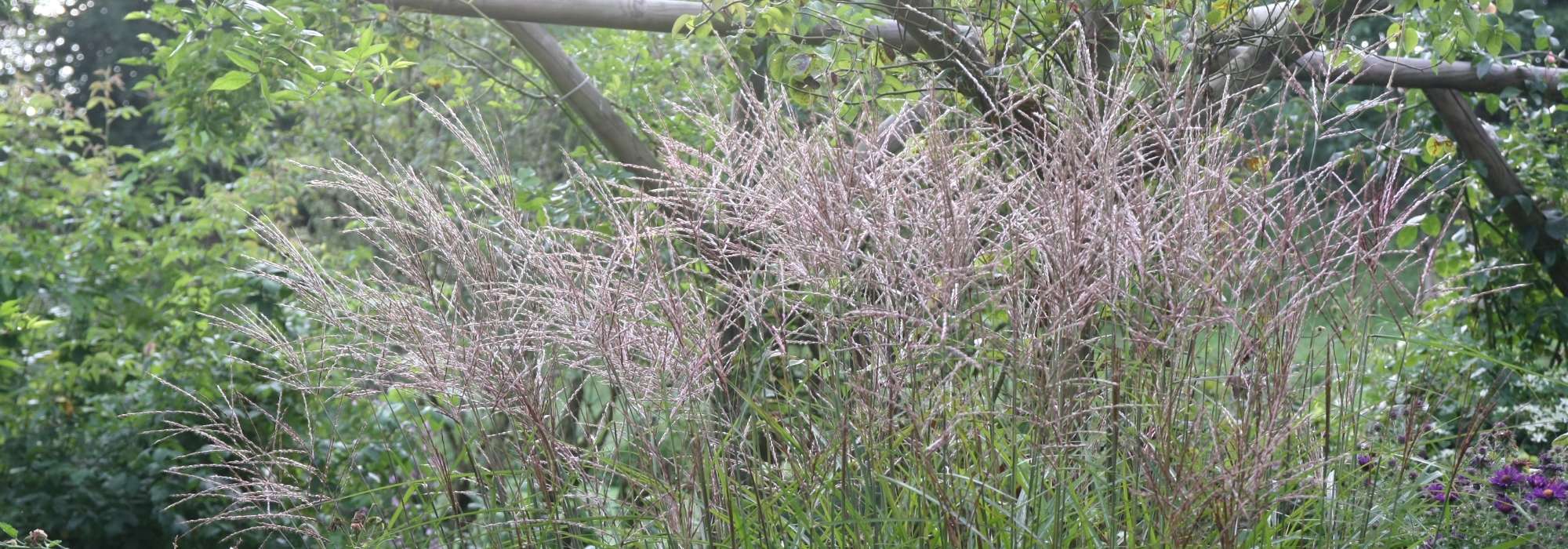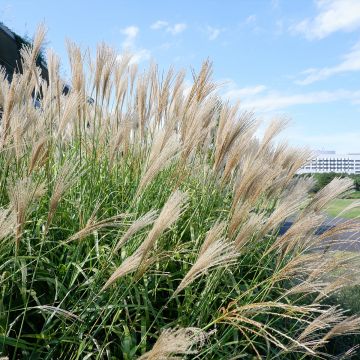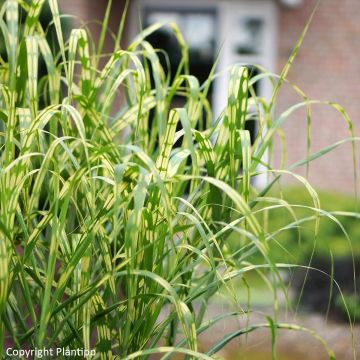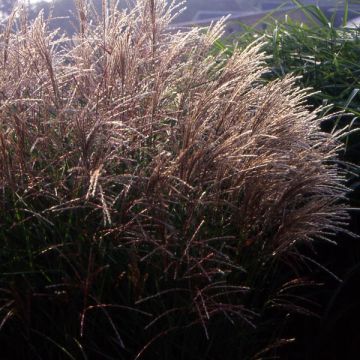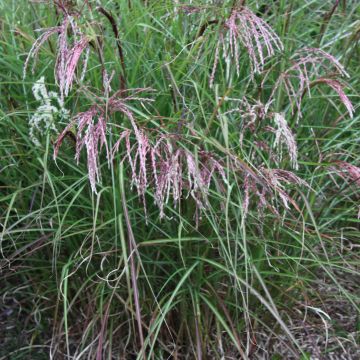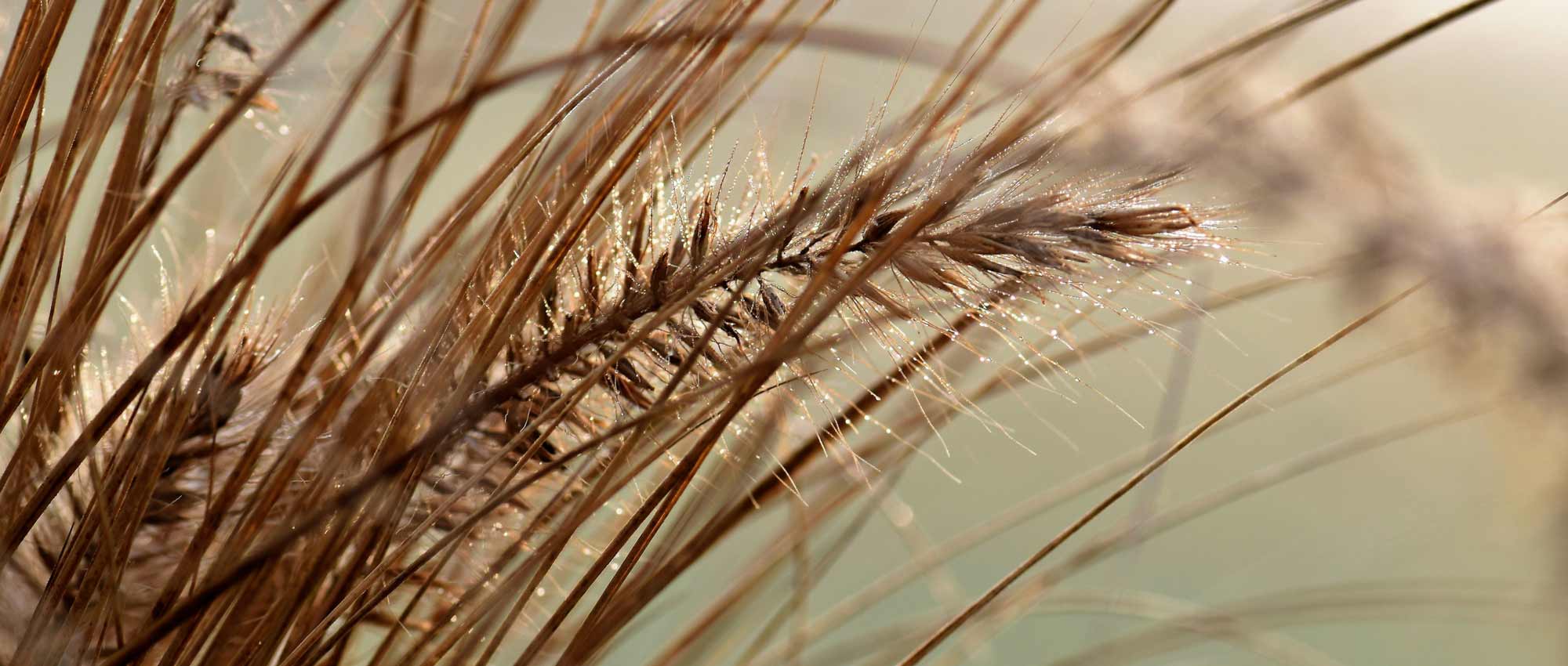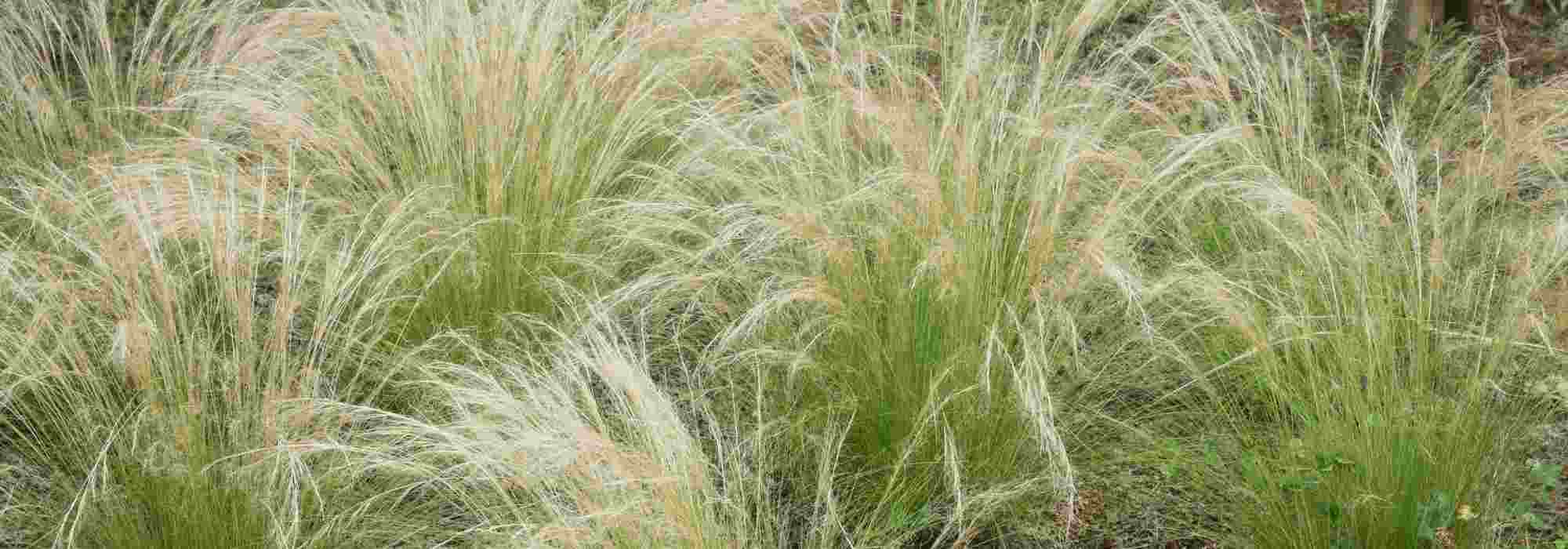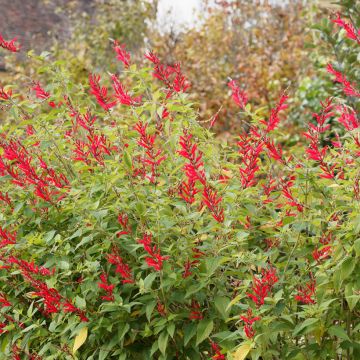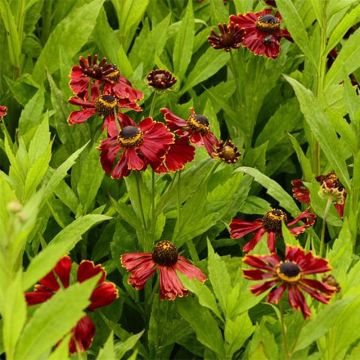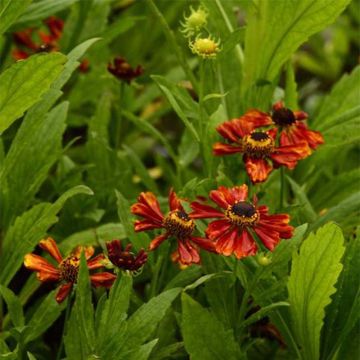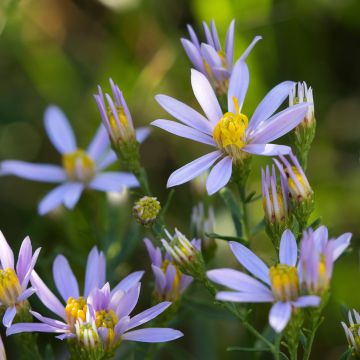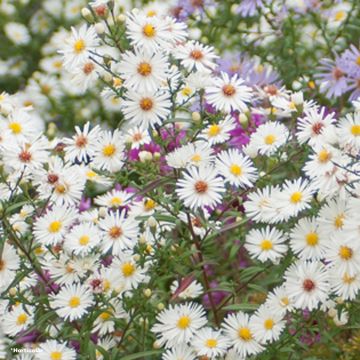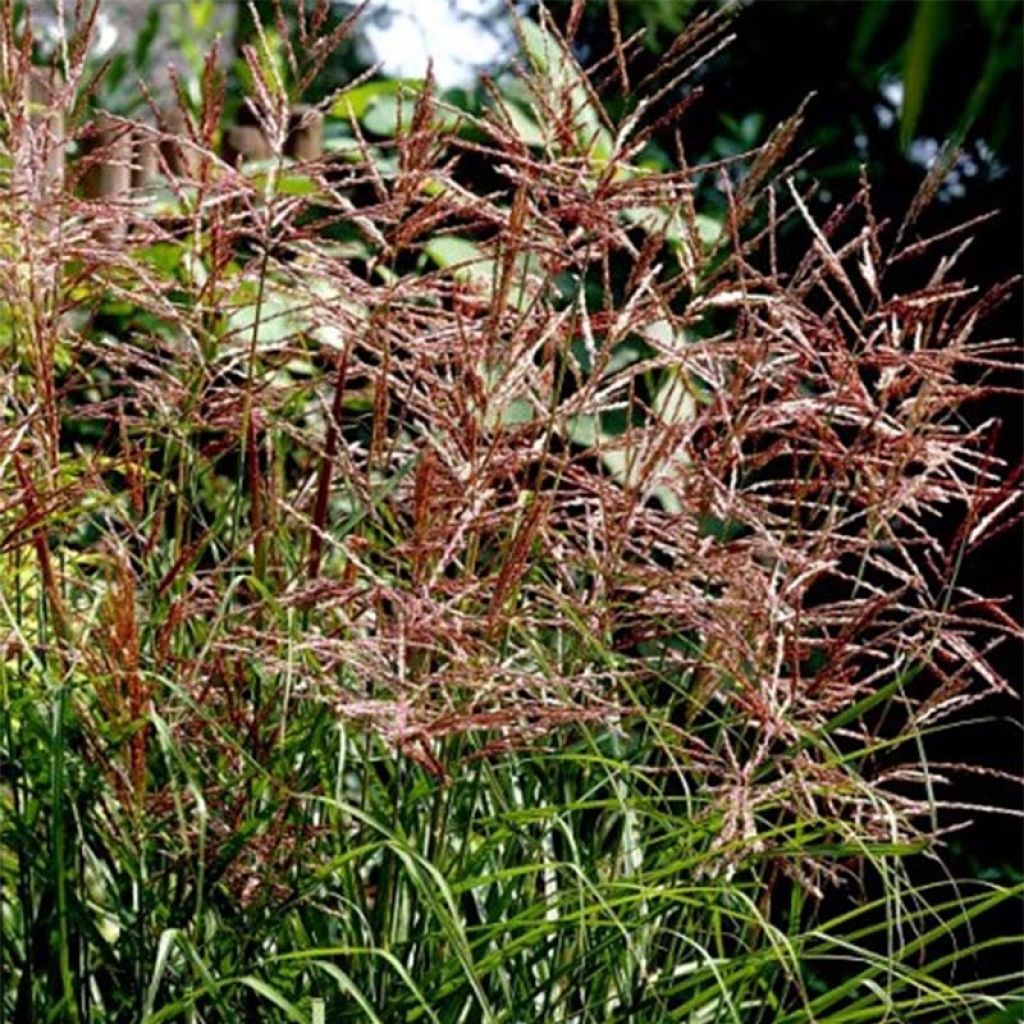

Miscanthus sinensis Dronning Ingrid - Silvergrass
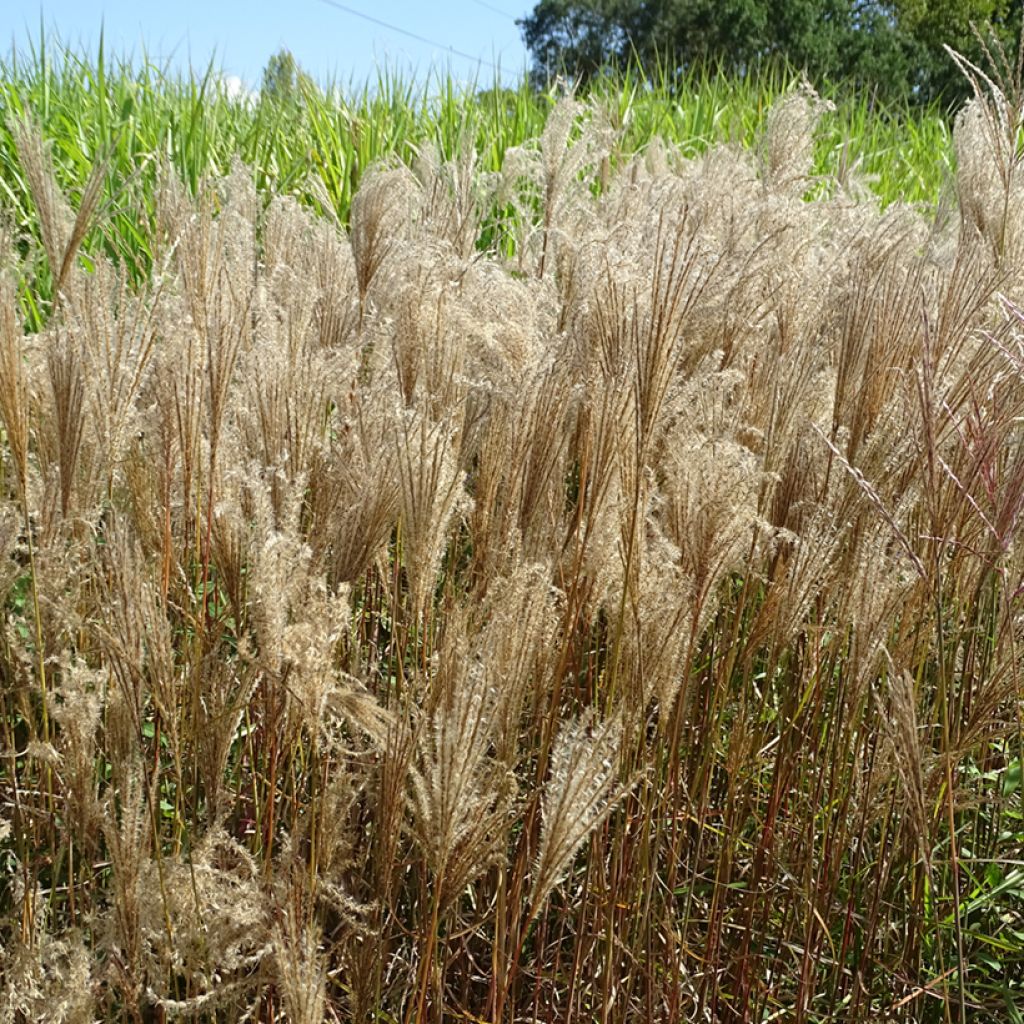

Miscanthus sinensis Dronning Ingrid - Silvergrass
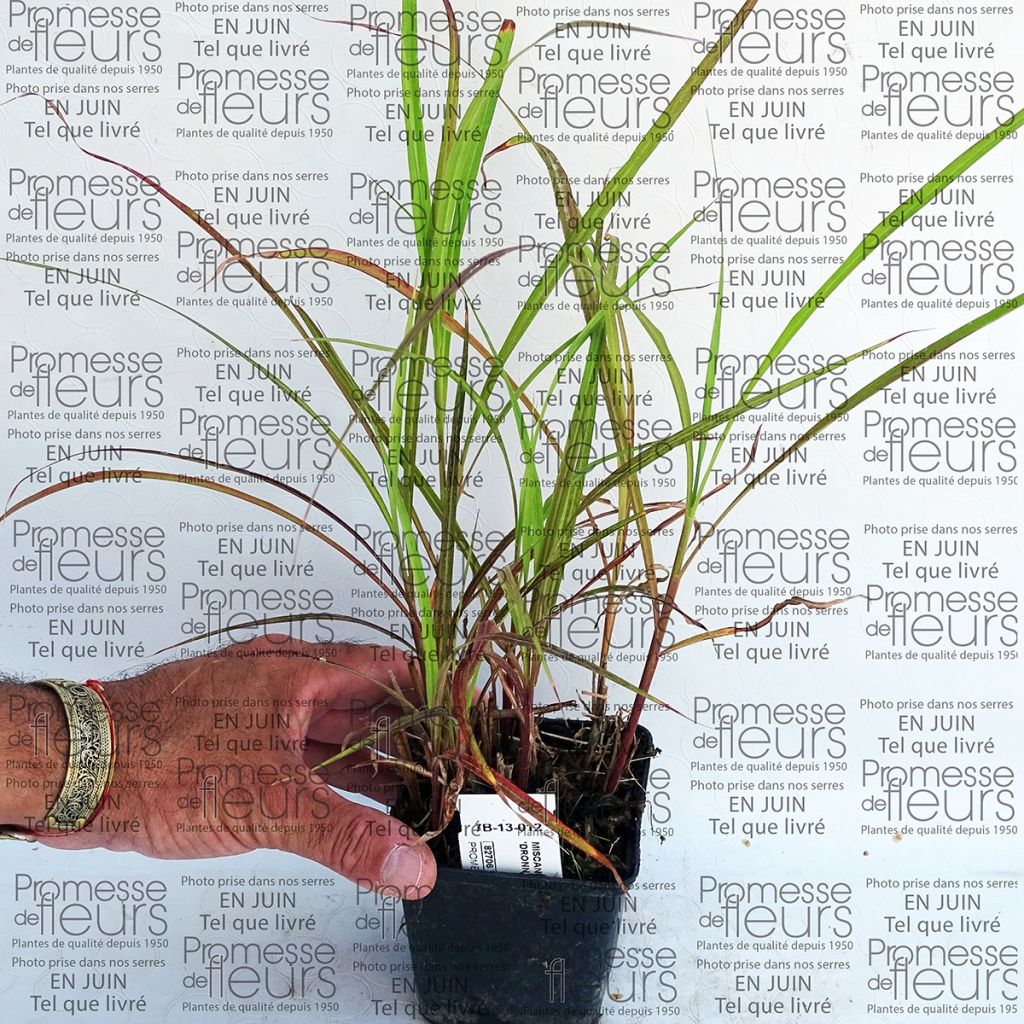

Miscanthus sinensis Dronning Ingrid - Silvergrass
Miscanthus sinensis Dronning Ingrid - Silvergrass
Miscanthus sinensis Dronning Ingrid
Eulalia, Porcupine Grass, Chinese silver Grass, Maiden Grass, Zebra Grass, Susuki Grass
Very well, I imagined the shoots to be a bit bigger but I suppose they will grow very quickly. Careful packaging and plants in very good condition!
Maud C., 26/04/2020
Special offer!
Receive a €20 voucher for any order over €90 (excluding delivery costs, credit notes, and plastic-free options)!
1- Add your favorite plants to your cart.
2- Once you have reached €90, confirm your order (you can even choose the delivery date!).
3- As soon as your order is shipped, you will receive an email containing your voucher code, valid for 3 months (90 days).
Your voucher is unique and can only be used once, for any order with a minimum value of €20, excluding delivery costs.
Can be combined with other current offers, non-divisible and non-refundable.
Home or relay delivery (depending on size and destination)
Schedule delivery date,
and select date in basket
This plant carries a 12 months recovery warranty
More information
We guarantee the quality of our plants for a full growing cycle, and will replace at our expense any plant that fails to recover under normal climatic and planting conditions.

Would this plant suit my garden?
Set up your Plantfit profile →
Description
The Miscanthus sinensis 'Dronning Ingrid' is a beautifully colored variety of Maiden Grass, which turns purple from August onwards, with beige plumes swaying in the wind but firmly anchored to strong, wine-red stems. This lovely medium-sized grass is easy to integrate into small gardens or to grow in a large pot on the terrace or balcony. Like most Chinese Reed Grasses, this variety needs sun and soil that is sufficiently moist and loose to fully express the generosity of its foliage and flowering.
'Dronning Ingrid' belongs to the large family of poaceae. It is a horticultural form derived from Miscanthus sinensis, a species native to East Asia and Oceania. This perennial grass with short rhizomes is clump-forming and fast-growing. The habit is both compact and upright, reaching a height of 1.50m (5ft) to 1.70m (6ft) in flower after 10 years, with a spread of 1m (3ft). The leaves are quite wide, very long, flexible, green in spring, and turning purple-violet from August onwards. Long floral stems emerge from the foliage from August to September to November, in the form of silky, finger-like spikes about 25-30cm (10-12in) long, reddish at the beginning. When they fade, they take on a lovely beige color. The plumes are made up of tiny flowers that close a little afterwards, then reopen when mature. They then take on a paler and more fluffy appearance and persist on the plant throughout winter.
It suits the background of large flower beds, where its strong presence brings structure and lots of color at the end of summer. It is suitable for wild gardens and contemplative gardeners. Just plant it among asters, alongside repeat-flowering roses and daylilies, watch it grow and fill out, play with the wind and the low autumn light, and bend under the showers. It also has its place in modern gardens with clean lines, alongside dwarf bamboos or ferns if the soil is moist. These grasses bring volume and texture to perennial flower beds, lightening the overall floral display. In an urban garden, 'Dronning Ingrid' Miscanthus will soften concrete structures. It is also well-suited for growing in large containers, allowing you to furnish the terrace or balcony with lots of panache and elegance.
Miscanthus sinensis Dronning Ingrid - Silvergrass in pictures


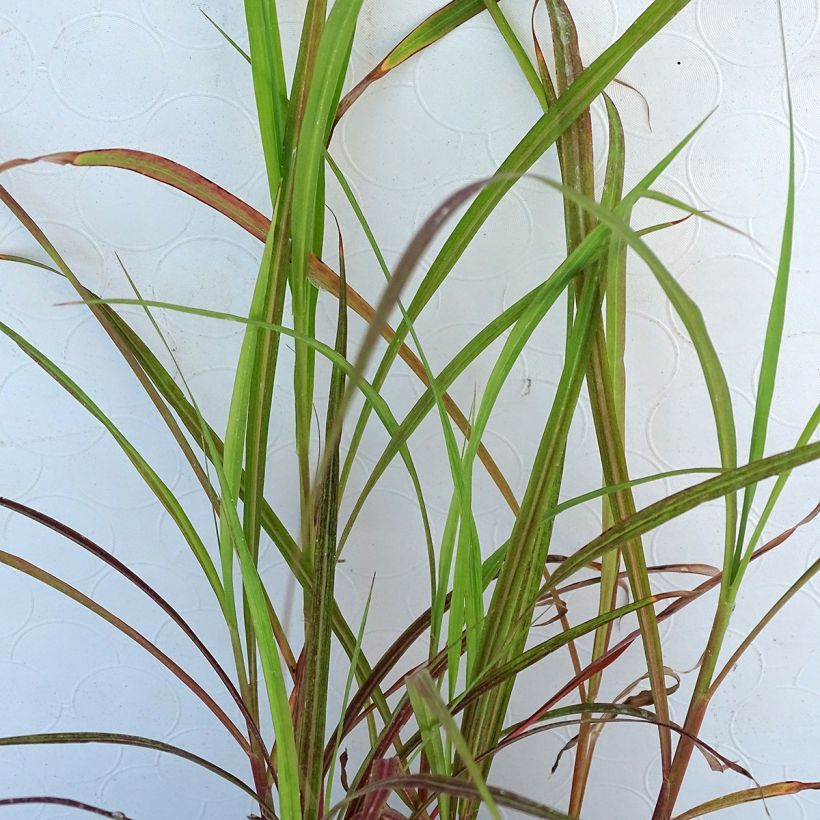

Flowering
Foliage
Plant habit
Botanical data
Miscanthus
sinensis
Dronning Ingrid
Poaceae
Eulalia, Porcupine Grass, Chinese silver Grass, Maiden Grass, Zebra Grass, Susuki Grass
Cultivar or hybrid
Other Miscanthus
View all →Planting and care
The Miscanthus sinensis 'Dronning Ingrid' thrives in warm exposures and a healthy, fairly rich and deep, well-drained but moist soil in summer. This plant can tolerate occasional drought if the soil is deep. It can adapt to poor soil, but it will be less imposing and its growth will be slower. It is preferable to cut back the foliage to ground level in early spring, after the strongest frosts have passed. For planting in a container, choose a large container (minimum 45 L) filled with a fertile, well-draining and flexible growing medium. A mixture composed of 20% good garden soil, 20% mixed drainage elements (pumice or gravel or coarse river sand), and 60% horticultural compost. Add well-decomposed compost once or twice a year (end of winter and autumn) or slow-release fertilizer. When it becomes less floriferous, divide the clump and collect the peripheral shoots for replanting.
Planting period
Intended location
Care
Planting & care advice
-
, onOrder confirmed
Reply from on Promesse de fleurs
Similar products
Haven't found what you were looking for?
Hardiness is the lowest winter temperature a plant can endure without suffering serious damage or even dying. However, hardiness is affected by location (a sheltered area, such as a patio), protection (winter cover) and soil type (hardiness is improved by well-drained soil).

Photo Sharing Terms & Conditions
In order to encourage gardeners to interact and share their experiences, Promesse de fleurs offers various media enabling content to be uploaded onto its Site - in particular via the ‘Photo sharing’ module.
The User agrees to refrain from:
- Posting any content that is illegal, prejudicial, insulting, racist, inciteful to hatred, revisionist, contrary to public decency, that infringes on privacy or on the privacy rights of third parties, in particular the publicity rights of persons and goods, intellectual property rights, or the right to privacy.
- Submitting content on behalf of a third party;
- Impersonate the identity of a third party and/or publish any personal information about a third party;
In general, the User undertakes to refrain from any unethical behaviour.
All Content (in particular text, comments, files, images, photos, videos, creative works, etc.), which may be subject to property or intellectual property rights, image or other private rights, shall remain the property of the User, subject to the limited rights granted by the terms of the licence granted by Promesse de fleurs as stated below. Users are at liberty to publish or not to publish such Content on the Site, notably via the ‘Photo Sharing’ facility, and accept that this Content shall be made public and freely accessible, notably on the Internet.
Users further acknowledge, undertake to have ,and guarantee that they hold all necessary rights and permissions to publish such material on the Site, in particular with regard to the legislation in force pertaining to any privacy, property, intellectual property, image, or contractual rights, or rights of any other nature. By publishing such Content on the Site, Users acknowledge accepting full liability as publishers of the Content within the meaning of the law, and grant Promesse de fleurs, free of charge, an inclusive, worldwide licence for the said Content for the entire duration of its publication, including all reproduction, representation, up/downloading, displaying, performing, transmission, and storage rights.
Users also grant permission for their name to be linked to the Content and accept that this link may not always be made available.
By engaging in posting material, Users consent to their Content becoming automatically accessible on the Internet, in particular on other sites and/or blogs and/or web pages of the Promesse de fleurs site, including in particular social pages and the Promesse de fleurs catalogue.
Users may secure the removal of entrusted content free of charge by issuing a simple request via our contact form.
The flowering period indicated on our website applies to countries and regions located in USDA zone 8 (France, the United Kingdom, Ireland, the Netherlands, etc.)
It will vary according to where you live:
- In zones 9 to 10 (Italy, Spain, Greece, etc.), flowering will occur about 2 to 4 weeks earlier.
- In zones 6 to 7 (Germany, Poland, Slovenia, and lower mountainous regions), flowering will be delayed by 2 to 3 weeks.
- In zone 5 (Central Europe, Scandinavia), blooming will be delayed by 3 to 5 weeks.
In temperate climates, pruning of spring-flowering shrubs (forsythia, spireas, etc.) should be done just after flowering.
Pruning of summer-flowering shrubs (Indian Lilac, Perovskia, etc.) can be done in winter or spring.
In cold regions as well as with frost-sensitive plants, avoid pruning too early when severe frosts may still occur.
The planting period indicated on our website applies to countries and regions located in USDA zone 8 (France, United Kingdom, Ireland, Netherlands).
It will vary according to where you live:
- In Mediterranean zones (Marseille, Madrid, Milan, etc.), autumn and winter are the best planting periods.
- In continental zones (Strasbourg, Munich, Vienna, etc.), delay planting by 2 to 3 weeks in spring and bring it forward by 2 to 4 weeks in autumn.
- In mountainous regions (the Alps, Pyrenees, Carpathians, etc.), it is best to plant in late spring (May-June) or late summer (August-September).
The harvesting period indicated on our website applies to countries and regions in USDA zone 8 (France, England, Ireland, the Netherlands).
In colder areas (Scandinavia, Poland, Austria...) fruit and vegetable harvests are likely to be delayed by 3-4 weeks.
In warmer areas (Italy, Spain, Greece, etc.), harvesting will probably take place earlier, depending on weather conditions.
The sowing periods indicated on our website apply to countries and regions within USDA Zone 8 (France, UK, Ireland, Netherlands).
In colder areas (Scandinavia, Poland, Austria...), delay any outdoor sowing by 3-4 weeks, or sow under glass.
In warmer climes (Italy, Spain, Greece, etc.), bring outdoor sowing forward by a few weeks.






























